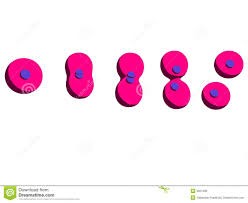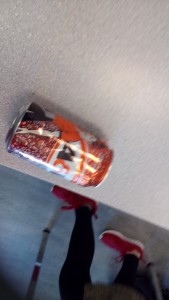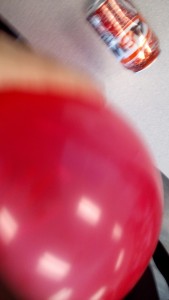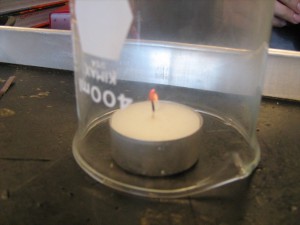Mutation: mantel cell lymphomia Part 1:
I was gene #24,719 and minding my own business inside my host’s body going about my day as usual, telling the body how to make all its proteins and such. But one day, there was a dandrously large group of B-cells (lymphocytes) inside one place of the host. B-cells are a kind of blood cells that protects the body from infection and is part of our immune system.
Later on, I found out that there was an injury to the DNA inside my cell. I just told myself that “oh, I’ll be fine, I’ll just sleep it off”. The next day, little did I know that each time my cell divided, this injury to my DNA would replicate with each cell division. I also noticed that the cell that was created after I divided, containing the injured DNA from me, had better survivability than the other cells.
Eventually, there was so many messed up cells, that lymphoma started to develop. Lymphoma developed since the cell division and cell death were not balanced. All the abnormal cells started to mutate and form one tumor after another, mostly on my host’s lymph glands. Boy, what a disaster! All of this happened all because I divided with a defect in my DNA.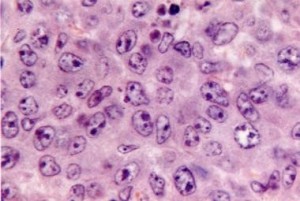
Host Point of View:
I cannot wait to go see the new movie coming out soon. Five weeks later, oh goodness me, the doctor says I have multiple tumors and possibly cancer caused by mantel cell lymphoma or whatever he said. I have no other choice except to go in to the hospital next month on January 5th. Otherwise, if I was to go any later, the tumours would get bigger and continue spreading. I cannot do it any earlier since the hospital had a fire and it will not be fixed any time soon. Too bad I have to go on the 5th because it’s my daughter’s wedding. Bummer.
my daughter’s wedding. Bummer.
Part 2:
- What questions did you need to research in order to create your mutation story?
- How does a cell mutate and what actually happens?
- How does a tumour begin?
- What new or familiar digital tools did you try to use as you worked through this project?
I used Google’s search engine on the Internet.
- What was the process you used to investigate the topic?
I researched information about gene mutation on Google, and then I thought about it and wrote this story in my own words.
- How did you verify and cite the information you found?
The sites I read seemed credible since I visited a Lymphoma website and I read information on Wikipedia that contained factual information.
SITES USED:
http://www.lymphomation.org/type-MCL.htm
https://en.wikipedia.org/wiki/B-cell_lymphoma
https://en.wikipedia.org/wiki/Cancer_cell
googled86f/
- How did the process of completing this challenge go? What could you have done better?
I think I did pretty well on the story part and I added pictures to make it more interesting. The researching went well although I think I could improve by adding more facts.


